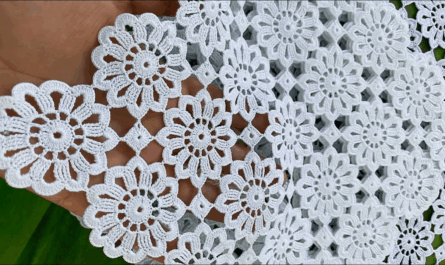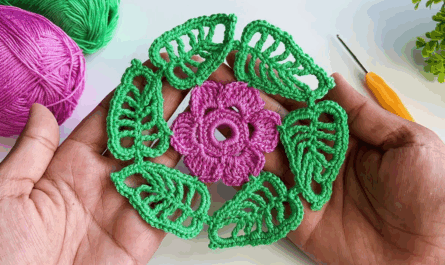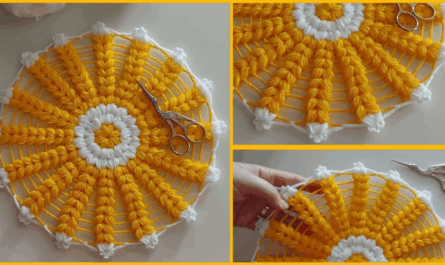To make your knitting elastic (stretchy and able to spring back), you can use several techniques, depending on the type of stretch you need (e.g. for cuffs, hems, or entire garments). Here’s how:
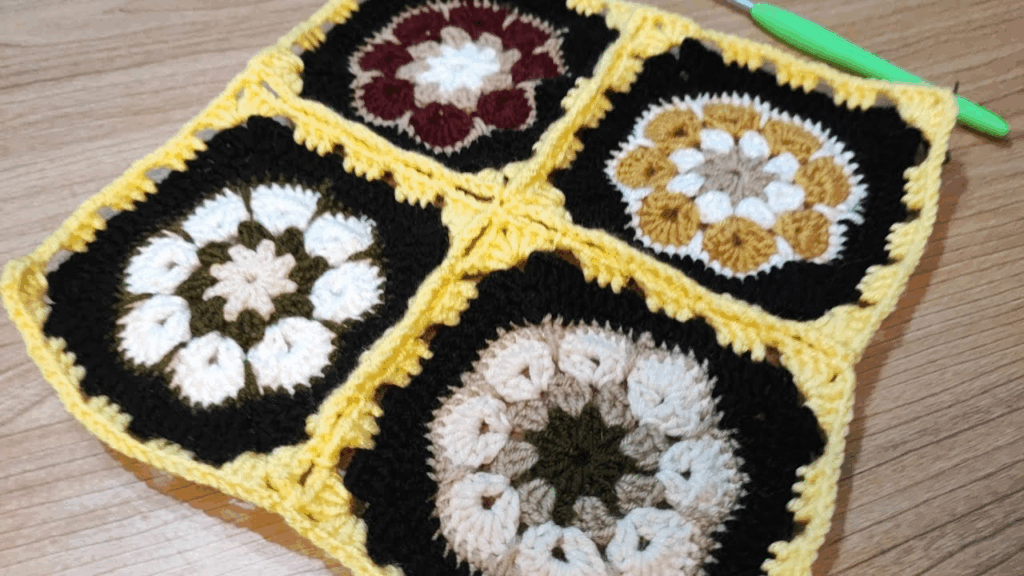
🧶 1. Use Elastic Stitches
These stitch patterns naturally add stretch:
- Ribbing (e.g. 1×1, 2×2):
- Alternates knit and purl stitches (K1, P1 or K2, P2).
- Common for cuffs, necklines, and waistbands.
- The smaller the rib (like 1×1), the stretchier it is.
- Garter Stitch:
- Stretchy in width, not as much vertically.
- Seed Stitch / Moss Stitch:
- Has a bit of stretch and texture.

🧵 2. Choose the Right Yarn
- Elastic fibers: Blends with spandex/nylon have natural spring.
- Wool: Especially Merino, has good memory and elasticity.
- Cotton and linen: These are not stretchy, so combine with elastic techniques if needed.

🪡 3. Add Elastic Thread or Yarn
- Held with yarn: Knit with fine elastic thread held alongside your working yarn.
- Sewn afterward: Weave thin elastic thread into the wrong side of finished ribbing (common for socks and hats).

🧷 4. Bind Off Stretchily
For stretchy edges (like necklines or sock cuffs):
- Stretchy bind-offs:
- Jeny’s Surprisingly Stretchy Bind-Off
- Elastic bind-off (Knit 2, K2tog through back loop, etc.)
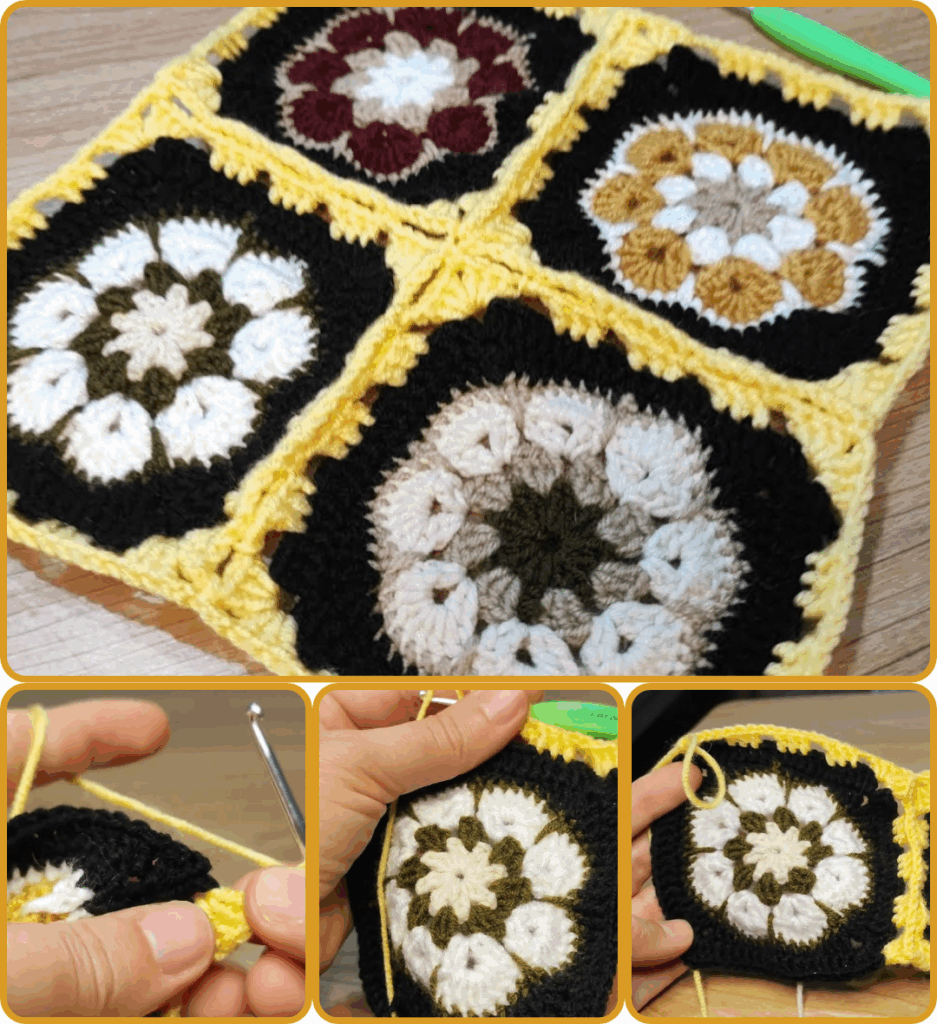
🪢 5. Adjust Tension
- Don’t knit too tightly—tight stitches reduce elasticity.
- Swatching helps test stretch before committing to the whole piece.
Would you like a demo of a stretchy bind-off or a comparison of yarn types for elasticity?
Video tutorial


